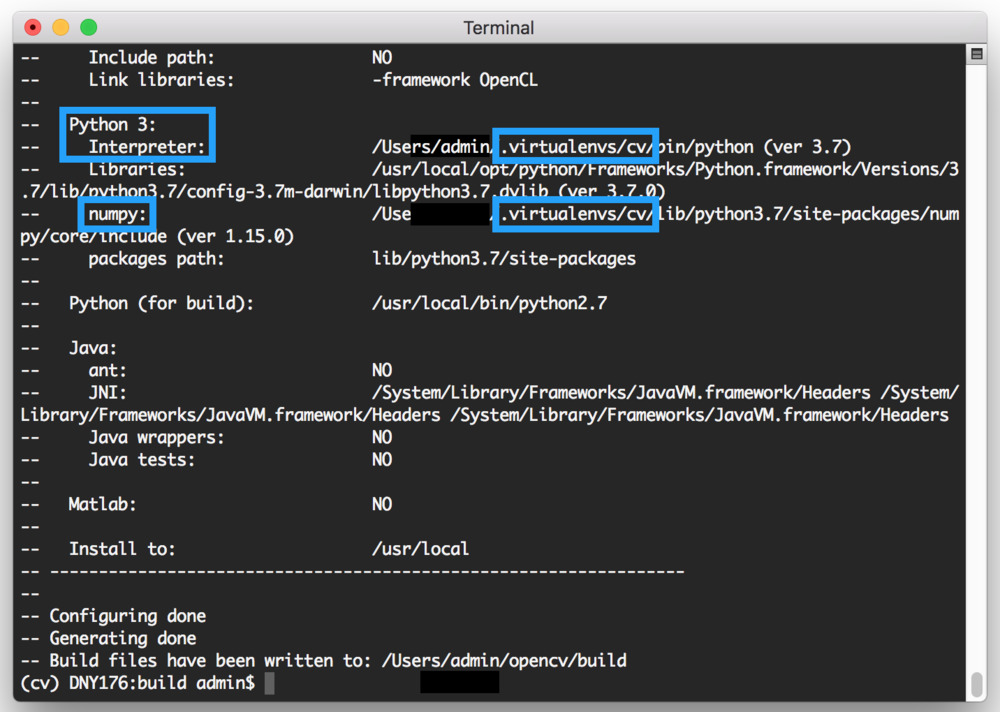

Entering standby mode means that the current session is recorded to flash storage (SSD). This mode was mainly designed to save battery charge (even though desktop computers also have this mode). However, not all laptops support this mode. Safe sleep is also called hibernatemode 3 and is set up for portable Macs released after 2005 by default. And that’s why the wake-up process is still as quick as in the standard sleep mode. However, in this mode, the RAM remains powered on while your Mac is sleeping, unlike hibernation mode. This allows you to recover your data in case of battery failure, hardware damage, or any other unfortunate events that can affect your Mac. Unlike the simple sleep mode above, this mode is safe because it copies the RAM contents to the startup drive before your Mac goes to sleep, like in hibernation mode. This mode is called hibernatemode 1, and it was used by default for portable Macs released before 2005. And that’s why the wake-up time for hibernation is a bit longer than in the sleep and safe sleep modes. The startup disk restores necessary data to the RAM once you wake up your Mac from hibernation mode again.

The only difference between the sleep and hibernation modes is that hibernation turns off the RAM when a Mac is sleeping, which is why it needs to copy data from it first. In this MacBook-only sleep mode, before the Mac is put to sleep, the startup drive saves data from the RAM for safekeeping. This energy-saving mode is used by default for desktop Macs and is called hibernatemode 0. You can set a preferred timespan before sleep or even completely stop your Mac from sleeping in your Mac’s System Preferences. Normally, a Mac automatically goes to sleep after a certain period of inactivity (between one minute and three hours). Putting a Mac into sleep mode leaves its RAM powered on, which allows the Mac to wake up and get back to work very quickly. Download MacKeeper to optimize your performance in even more ways. Sleep mode management is one way to manage your Mac’s performance, but you need to take care of more than this to ensure your Mac operates at its best. How to change the sleep mode on your Mac.



 0 kommentar(er)
0 kommentar(er)
